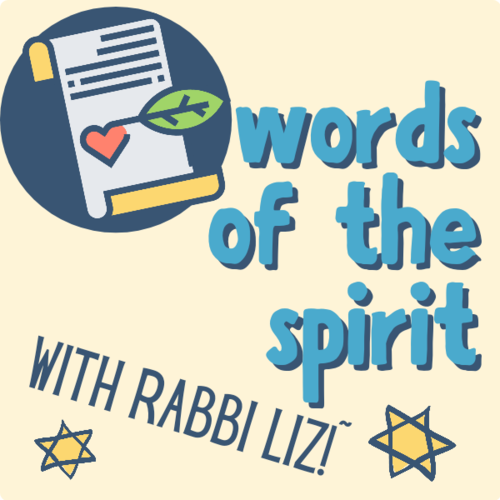Zil Gmor!*
04/06/2015 09:57:15 PM
| Author | |
| Date Added | |
| Automatically create summary | |
| Summary |
It’s graduation season. We read reports of interesting (or boring) speeches by famous (or boring) personages. Closer to home, we celebrate with our kin significant milestones: a child’s graduation to the next school level; a young adult’s completion of a degree.
What about the rest of the time? How do we mark the adult phases of the seasons of learning? We encourage life-long learning, but aren’t familiar with the experience of marking it, of celebrating those significant moments of completion.
Last week five members of OrH completed a two-year course of study, Exploring Judaism. Twice a month on Thursday evening over a period of a year and a half, they – along with 12 others who took the first or second half of the curriculum – built a bet midrash, a house of study, in a basement in Ottawa. We celebrated with a siyyum, a ceremony of completion, and, as at every class session, I marveled and rejoiced at the wisdom everyone contributed.
In the fall we’ll restart the bet midrash at First Unitarian with a new cohort joining those who began the class last year. You can start your learning journey any time of year. As the famous story about the most important thing in Torah concludes: all the rest is commentary … *now, go and study!
To get you going, here are a few books on the cycles of the seasons:
The Jewish Holidays: A Guide and Commentary, Michael Strassfeld (Harper and Row, 1985)
This is a thorough catalogue of Jewish holiday practices and their origins from one of the editors of the original “Jewish Catalog” series from the 1970s. The trade-sized volume features lovely graphics and drawings, as well as Talmud-style commentaries in the margins from Rabbis Arthur Green, Zalman Schachter-Shalomi and other inspiring teachers.
Living a Jewish Life: Jewish Traditions, Customs and Values for Today’s Families, Anita Diamant and Howard Cooper (HarperCollins, 1991)
The subtitle on the inside flyleaf reads “A Guide for Starting, Learning, Celebrating and Parenting.” Divided into easily readable sections, it also offers additional resource and reading material at the end of every chapter. Its numerous “how-to” examples and explicit accessibility make it an ideal law-and-lore reference book.
The Book of Our Heritage: The Jewish Year and its Days of Significance, Eliahu Kitov, translated by Nathan Bulman (Feldheim, 1978)
This three-volume boxed set delves into every traditional, historical and midrashic/interpretive element of the holiday cycle. While its detailed density and traditional references may appear to limit its appeal, the collection offers many “Insights, Reasons, Meanings and Allusions,” as the heading to each detailed Table of Contents suggests.
* zil gmor: Aramaic for “go and learn,” from a traditional tale
** halakhic: from halakha, or traditional Jewish law
*** midrashic: creative, or extra-legal; in the realm of lore and legend
Wed, 9 July 2025
Special Messages from the Rabbi
Privacy Settings | Privacy Policy | Member Terms
©2025 All rights reserved. Find out more about ShulCloud







